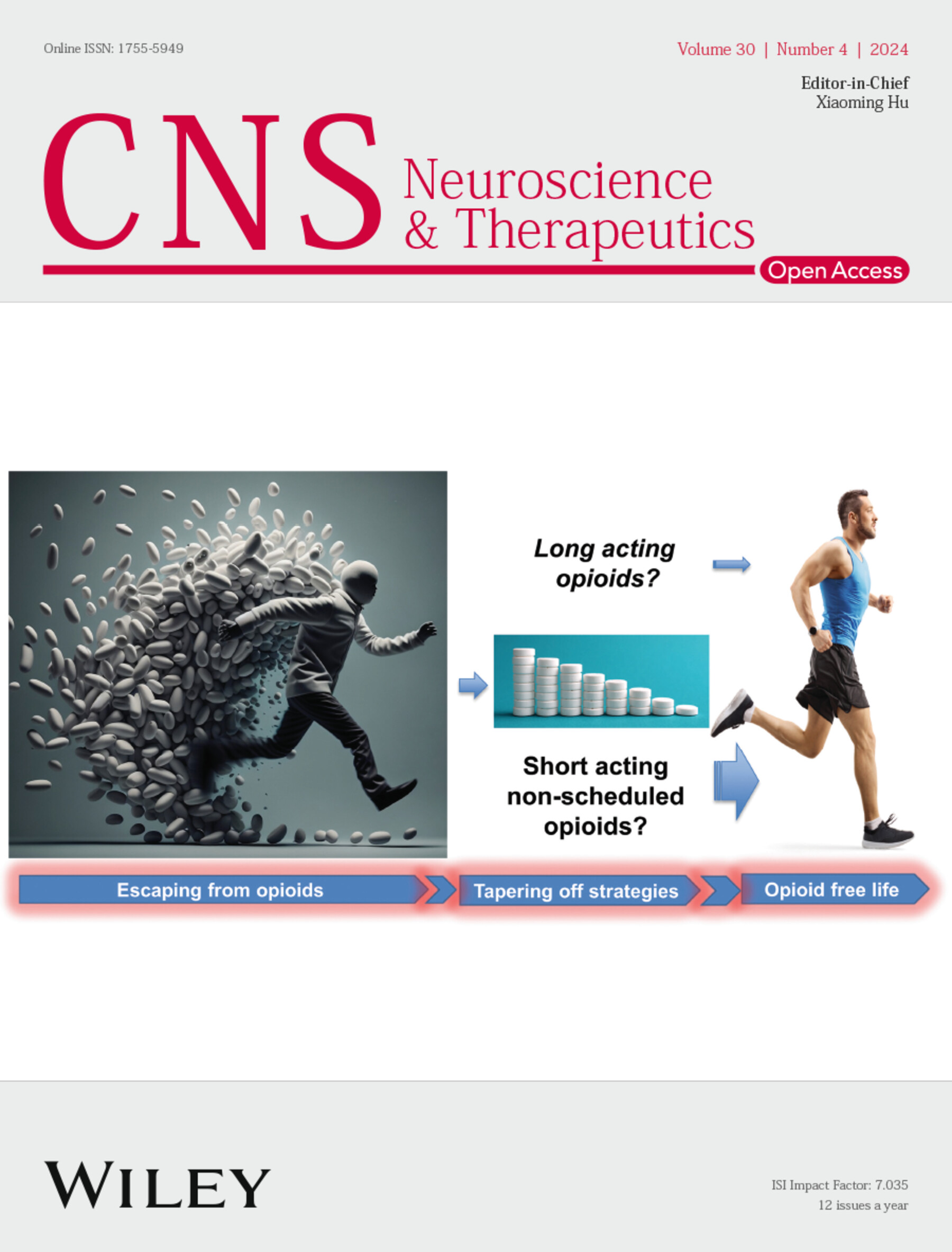Quantitative EEG Insights Into A Hundred Adult ADHD Patients: A Deep Dive Into Test of Variables of Attention (TOVA) Correlations and Attention Dynamics
Abstract
Objective
This study aimed to enhance the diagnostic accuracy of attention-deficit/hyperactivity disorder (ADHD) by integrating quantitative electroencephalography (qEEG) power bands with the test of variables of attention (TOVA) and self-reported psychiatric symptoms. We examined the relationship between TOVA scores, qEEG findings—particularly the theta-beta ratio—and comorbid psychiatric conditions to assess their role in refining ADHD diagnoses according to the Diagnostic and Statistical Manual of Mental Disorders, Fifth Edition (DSM-V).
Method
A total of 100 participants were assessed using TOVA, qEEG, and psychological scales, including the Beck Anxiety Inventory (BAI), Beck Depression Inventory (BDI), Maudsley Obsessive-Compulsive Inventory (MOCI), and the Mood Disorder Questionnaire (MDQ). Participants were categorized into groups based on their Attention Comparison Scores (ACS) above or below the zero threshold. Mann–Whitney U-tests, correlation analyses, and predictive modeling using automatic linear modeling (ALM) were conducted to evaluate group differences, age-related changes, and predictor variables for attention performance.
Results
All participants met the diagnostic criteria for ADHD. Among them, 37% exhibited anxiety, 60% depression, 26% obsessive-compulsive, and 35% mood disorder symptoms. The group with ACS above zero was significantly older (p = 0.034) and performed better on all Tests of Variables of Attention (TOVA) measures (p < 0.05). Age negatively correlated with attention scores (r = −0.371, p < 0.001), response time variability (r = −0.241, p = 0.016), and response time (r = −0.311, p = 0.002). qEEG showed significant age-related changes in theta-to-beta and delta-to-beta ratios (p < 0.005). TOVA and qEEG ratios, particularly beta and delta activity, predicted attention and response time variability, with adjusted R2 values between 71.5% and 87.1%.
Conclusion
The findings highlight that attention performance in ADHD is shaped by age, neuropsychological factors, and qEEG-measured brain activity. Higher attention scores correlate with better TOVA results, particularly in response time and error rates. Age-related declines in attention align with reductions in theta-to-beta and delta-to-beta ratios. Predictive modeling underscores the value of combining TOVA and qEEG to identify key predictors like response time variability, omission errors, and specific beta and delta activity. This integration enhances the evaluation of attention deficits and brain dynamics, benefiting both clinical and research applications.


 求助内容:
求助内容: 应助结果提醒方式:
应助结果提醒方式:


